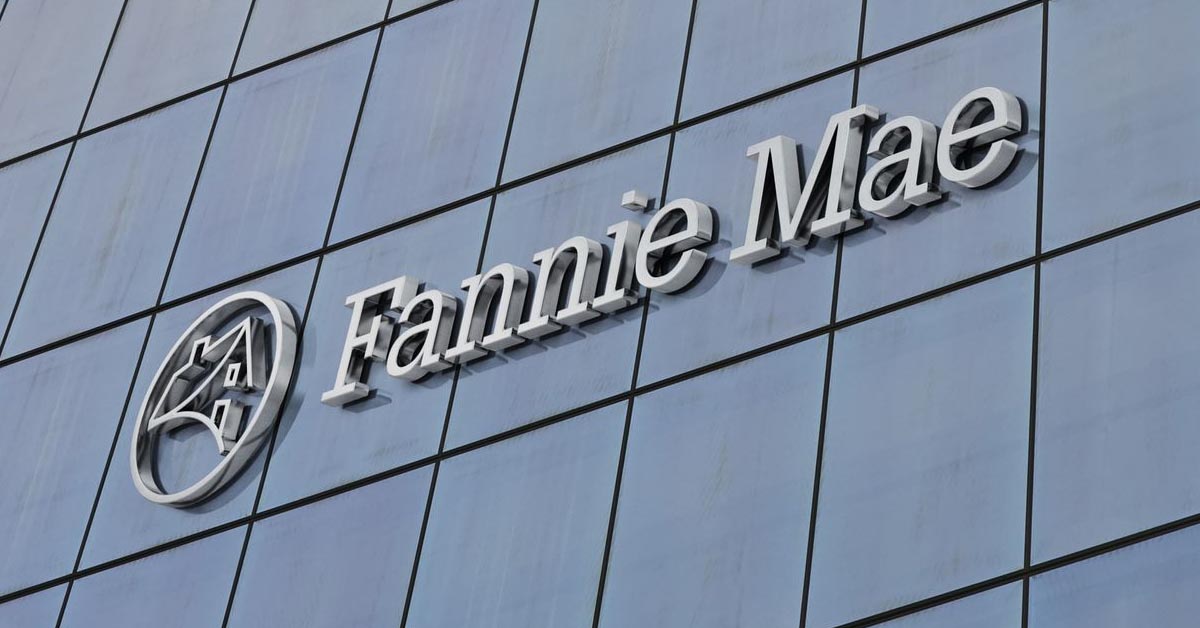Fannie Mae made a substantial change to its projections for second and third quarter home sales in its latest Housing Forecast report, bringing down the overall sales forecast for 2021.
The government-sponsored enterprise now expects 2021 home sales to increase 4.2% from 2020, compared to its previous projection of 6.3%. Fannie’s Economic and Strategic Research (ESR) Group downgraded the second quarter’s home sales forecast to 6.6 million units from 6.9 million units in the prior forecast, as well as shifting the third quarter projection to 6.5 million from 6.7 million.
The adjustments were made chiefly due to the ongoing lack of available for-sale listings, coupled with material constraints hampering the pace of new construction.
“Strong demand for housing continues to run up against a long-running lack of supply,” said Doug Duncan, Fannie Mae senior vice president and chief economist, with more sales pullbacks likely in the months ahead. April’s existing-home sales decline was in line with expectations, but recent decreases in pending home sales — which lead closings by 30-45 days on average, and purchase mortgage applications, have been more sizeable than expected.
Duncan expects that the gulf between supply and demand has housing poised to become a key driver of inflation over the next year and a half. The ESR Group predicts that domestic inflation measures will stay around 5% through the end of 2021 before slowing to approximately 3% by the end of next year — both easily above the Federal Reserve’s 2% target inflation rate.
“We’ve seen this disconnect [between strong demand and low inventory] lead to rapid house prices gains over this past year, but we believe it will soon reveal itself within inflation measures as well,” Duncan said. “Demographic factors remain favorable for a strong housing market and many of the supply constraints that homebuilders face are likely to persist in the near term, so this upward pricing pressure is not likely to be as transitory as many of the current inflation drivers.”
Those inflation expectations haven’t yet materially dampened Fannie’s economic growth outlook, which was revised moderately upward to 7.1% — one-tenth of a percentage point higher than Fannies previous forecast. The ESR Group does still anticipate the rapid growth trajectory to slow to 5.5% in the fourth quarter of this year and 2.2% in the fourth quarter of 2022. But it still believes, as Duncan said, that the factors currently driving current inflation, such as supply chain issues in auto and appliance manufacturing, are mostly transitory.
Even so, Duncan warned that the downside risks that come with potentially more lasting inflation moving forward could put provide more substantial headwinds on growth over the forecast horizon. Such downside risks include a more aggressive tightening of monetary policy from the Fed, which could have an impact on the housing market.
“If interest rates rise to reflect the increase in inflation based on an expectation of tighter future monetary policy, home sales would likely moderate along with house price appreciation,” Duncan said.





